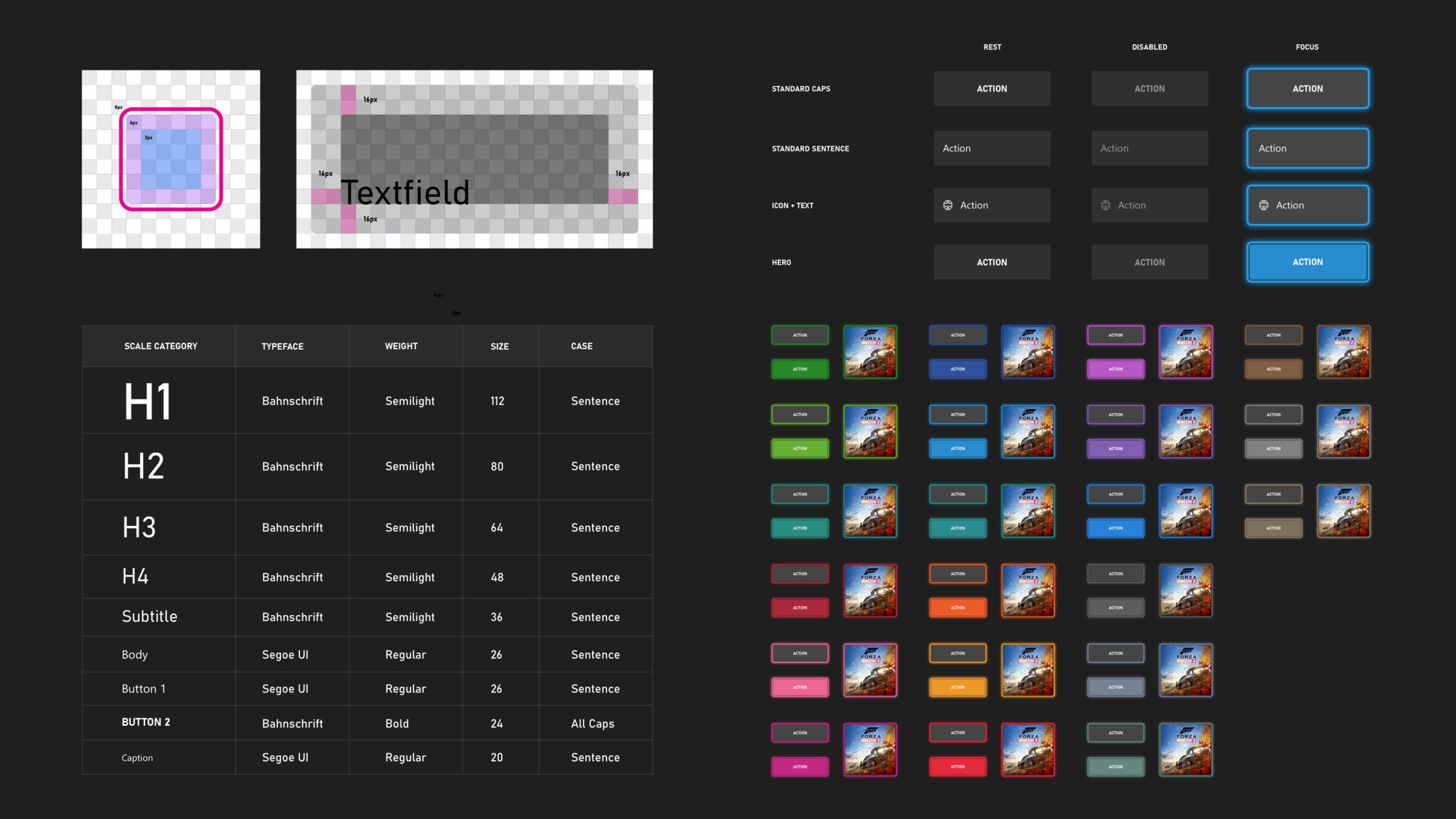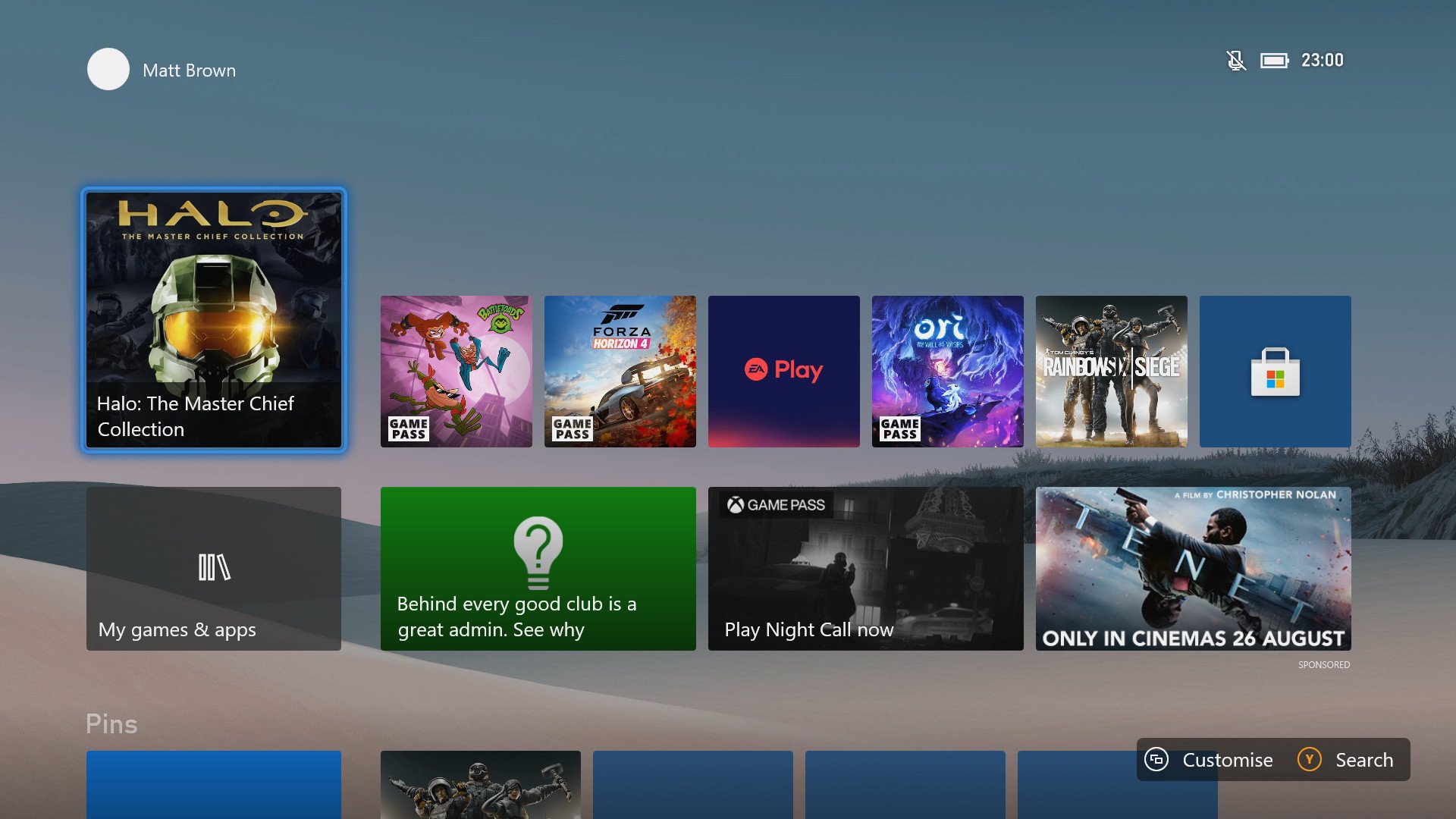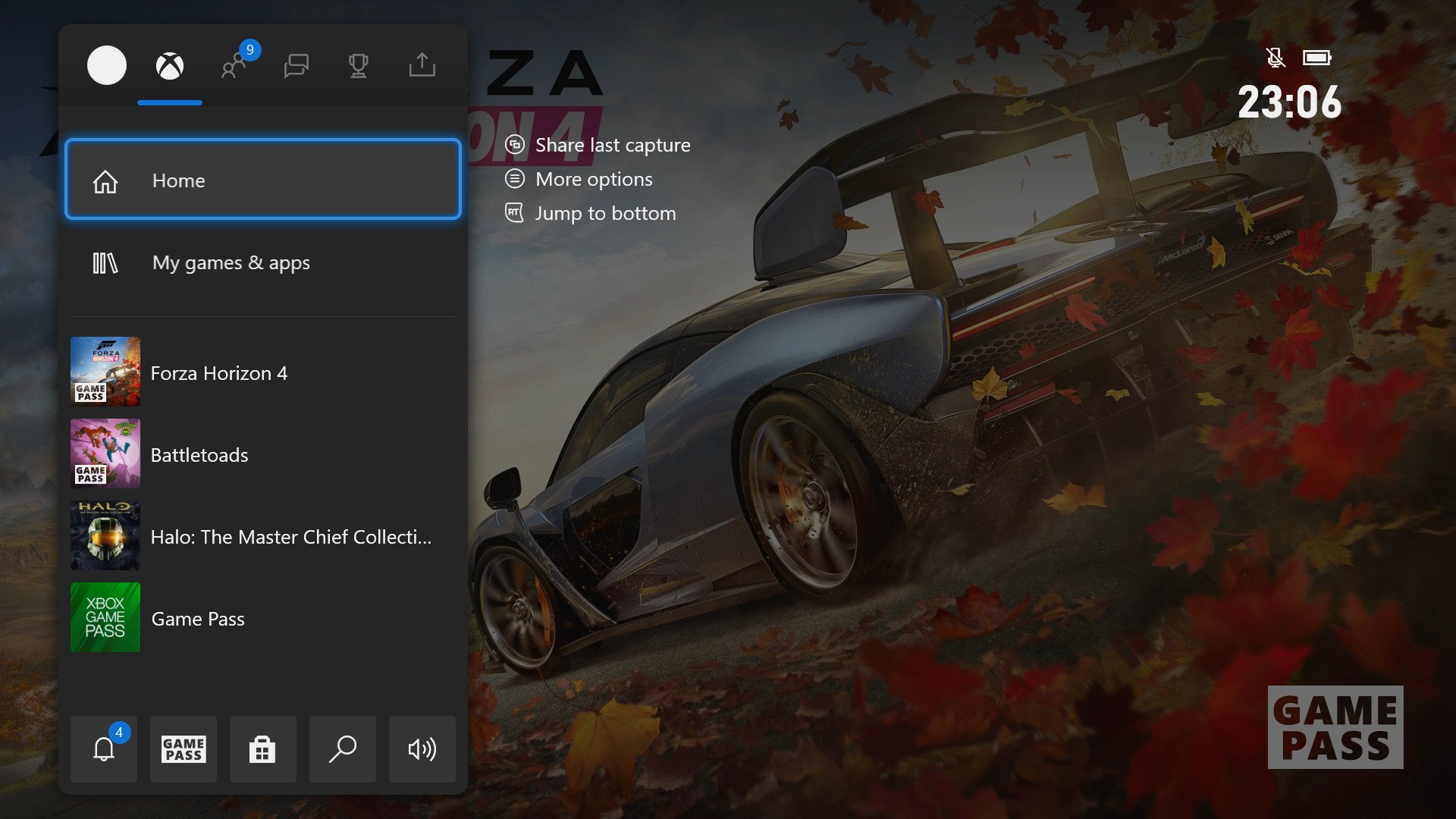While the Xbox One has long battled an identity crisis, the latest update pushes the OS into an ideal place for next-gen.
Microsoft has released the first iteration of its next Xbox One update to a small subset of testers, introducing an interface overhaul to be shared with the upcoming Xbox Series X. The newly-launched build provides a glimpse into what Microsoft dubs the "New Xbox Experience," further refining its console dashboard, and it's packed with much-welcomed visual refinements. The update further advances its latest system-wide design language, and while familiar in everyday function, it's the Xbox platform's final push into the next-generation.
Finally, the Xbox One dashboard appears to have settled on a design that works.
The Xbox One's operating system has been an ongoing struggle for Microsoft since its 2013 debut, after it, in hindsight, released a half-baked solution. The platform holder spent the years that followed playing catch-up, bundling in features once old features like the pop-out Guide menu, and rapidly cycling through redesign after redesign.
It wasn't until four years after the Xbox One launch when the OS finally settled, employing Microsoft's Fluent Design System across all software and services. The revised language pushed Windows 10 and its largest apps away from flat design, experimenting with materials, effects, depth, and motion. It thrust the Xbox identity toward where it lies today, playing with light, blur effects, and layered panels across its apps.
That major shift set the Xbox interface on the right path, with refinements that naturally followed. The Home menu, My Games & Apps screen, and other fundamental utilities turned their focus to speed, toying with convenience and flexibility to a previously unseen degree. The continued optimizations may have felt small individually, but helped build smoother interactions through the full experience.
This fall's Xbox refresh is the latest in a multi-year design transition for the Xbox brand.
It established the foundations for what comes next, as Microsoft once again readies significant changes, although this time it's iterative rather than a full overhaul. It's currently in testing and limited to those enrolled in the Alpha Skip Ahead and Alpha rings of its Xbox Insider Program, with broader Xbox One and Xbox Series X availability scheduled for later this year.
The New Xbox Experience is mostly unchanged for everyday interactions, with strides made via the presentation instead. The update tweaks almost every element of its tiled interfaces with rounded corners, coupled with new animations, and even ditching the classic Xbox font. The iconic Segoe UI typeface is now mostly gone, as Xbox steadily embraces Microsoft's own Bahnschrift brand-wide.
 Internal Microsoft design guidelines provide a glimpse into its approach for the new Xbox UI.
Internal Microsoft design guidelines provide a glimpse into its approach for the new Xbox UI.
It also packs a massive performance upgrade, with the OS now 50% faster to boot, and 30% faster when in-game, according to Microsoft. It'll also take up 40% less memory, cutting out the bloat from past missteps.
The first version 2010 build brings a framework for more changes to come, with expanded customization on the roadmap, through new profile features and dynamic system backgrounds. Those are expected to roll out over the weeks ahead as testing progresses.
While past updates settled on a format that works, what's next is the final identity shift that helps support Xbox into its latest generation. It aligns with recent changes made across all endpoints of the Xbox ecosystem and mirrors the new Xbox experiences on PC and mobile.
It's a commendable effort, proving the value of a multi-year effort to develop platform identity tying into the next console generation. This is a system-wide shakeup Windows users could only dream of, given a comparatively stagnant design beyond some minor Fluent Design flair. It's one of the final pieces in Microsoft's next-generation playbook and a promising foundation for a packed 2020.







0 comments:
Post a Comment